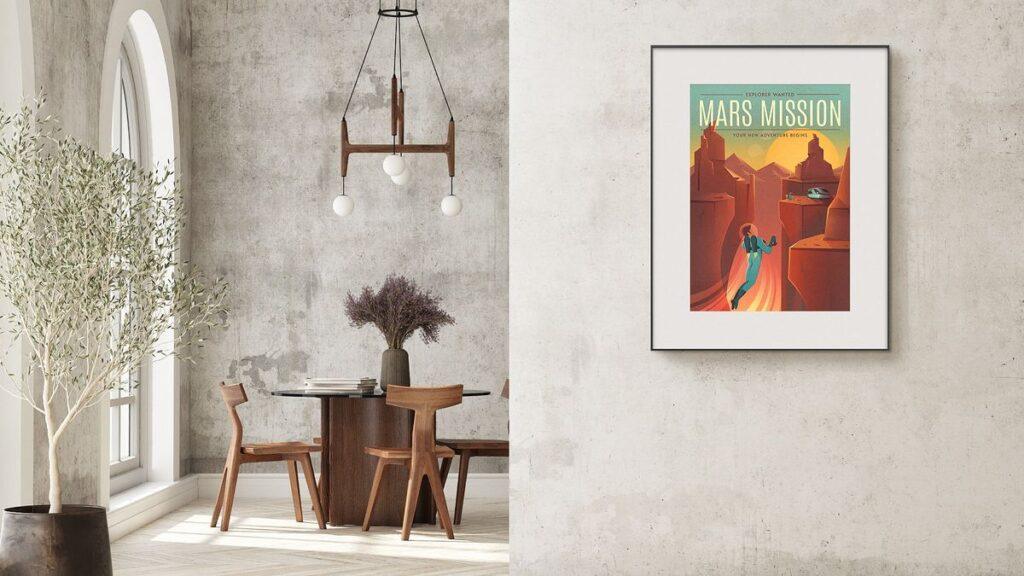- PocketBook has launched the InkPoster digital art display at CES
- The battery-powered frame claims to use no power most of the time.
- It comes in three sizes, but none of them are exactly affordable.
Digital art displays are a great way to bring life to your home, but most of them can be energy-intensive. Now, however, one company claims to have solved that problem by developing an e-ink display that dramatically reduces its power consumption… for a price.
Unveiled at CES 2025, PocketBook InkPoster includes an E Ink Spectra 6 display, which PocketBook says delivers “the authentic feel of ink on paper with vibrant colors and bright, detailed images.” Since the InkPoster does not contain an LCD panel, that means it also does not use backlighting and, as a result, there are no blue light emissions.
Interestingly, PocketBook claims that the InkPoster device consumes no power when displaying a static image and only requires power when switching from one image to another. On top of that, PocketBook claims that the device emits no heat during use, unlike rival LCD-based options.
Instead of plugging into the wall, InkPoster is battery-powered and can last up to a year on a single charge. It comes in three sizes, with 13.3, 28.5, and 31.5-inch options available. The 28.5-inch model adds Sharp’s IGZO technology, which ensures faster image updates. An A1 version will arrive later in 2025.
An expensive option
PocketBook says you can access thousands of works of art using the company’s app or display your own images or photographs. Each InkPoster unit can be used in landscape or portrait orientation, so they should work with a wide variety of images.
However, there is one notable drawback: the price. The PocketBook InkPoster models aren’t cheap and you should expect to pay $599 (around £485 / AU$970) for the 13.3-inch model, $1700 (around £1380 / AU$2740) for the 31. 5 inches and $2400. (around £1945/AU$ 3875) for the 28.5-inch Sharp IGZO Edition model.
This makes the InkPoster vastly more expensive than simply using traditional printed and framed images, which, by the way, also require no power to run. Perhaps that’s a better option, despite the appeal of InkPoster’s impressive technology, if you don’t plan to update the displayed image very frequently.




